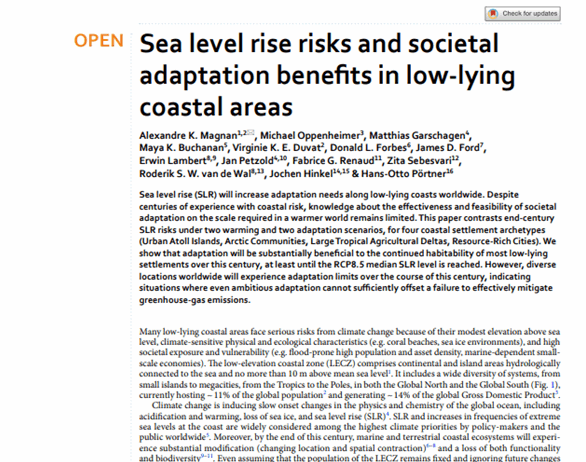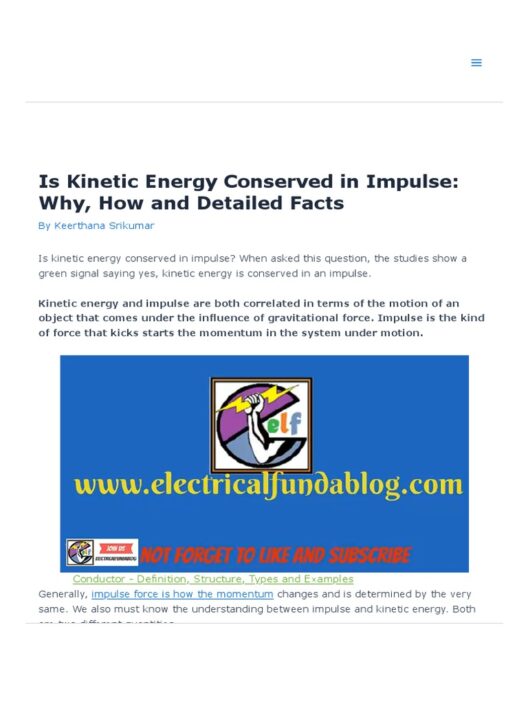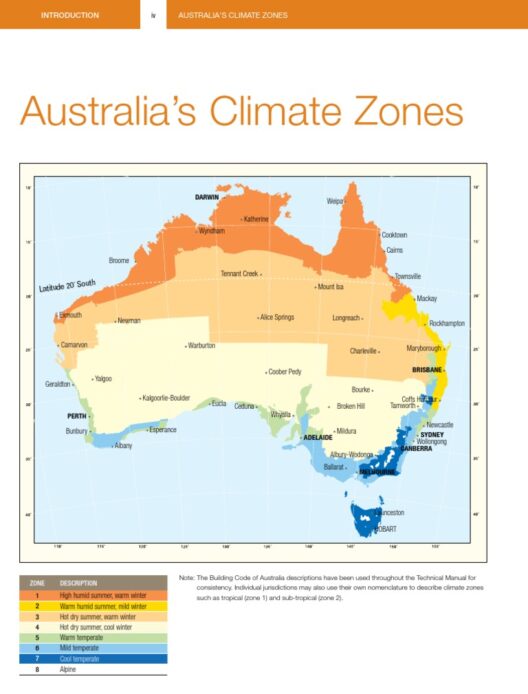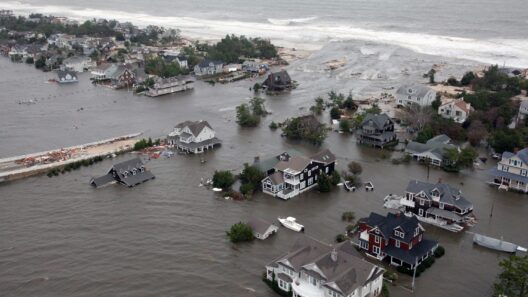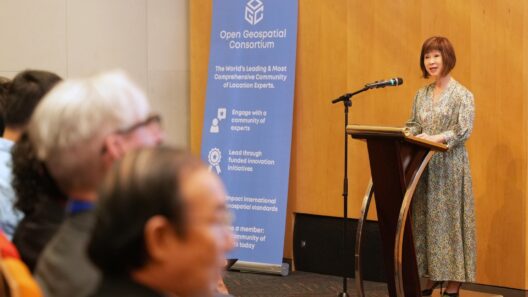Rising sea levels are a formidable challenge that coastal areas face today. This phenomenon, primarily driven by climate change, signifies a multitude of risks to human populations, infrastructure, and ecological systems. Understanding the impacts of this gradual yet alarming trend is essential for the well-being of coastal communities and the preservation of their natural habitats.
As we delve into the effects of rising sea levels, it is imperative to grasp the multifaceted nature of this issue. The implications stretch beyond mere water encroachment; they encompass economic vulnerabilities, social inequalities, and significant ecological shifts. The following sections will elucidate the various dimensions of rising sea levels and their reverberating consequences.
The most visible indicator of rising sea levels is the increasing frequency and intensity of coastal flooding. Coastal areas, often characterized by their low-lying geography, are at heightened risk. High tides, storm surges, and simple tidal actions can result in inundation, leading to damage to property, disruption of essential services, and the loss of valuable land. Cities like New Orleans, Miami, and Jakarta are increasingly vulnerable to such inundation events.
The economic ramifications of coastal flooding are staggering. The cost of damages can run into billions of dollars, complicating budgeting for local governments and leading to higher insurance premiums for homeowners. Additionally, if businesses are crippled or closed due to repeated flooding, job losses and economic downturns could ensue, further entrenching communities in poverty.
Moreover, the increased salinity in groundwater due to encroaching seawater can result in a significant decline in agricultural productivity. Coastal communities that rely on farming may find their crops failing as freshwater supplies diminish, further exacerbating food insecurity. The implications are dire; as sea levels continue to rise, they threaten not just individual livelihoods but the overall socioeconomic fabric of entire regions.
Another critical aspect of rising sea levels is the erosion of coastlines. As water levels creep upward, natural barriers like beaches and wetlands recede, jeopardizing the habitats of countless species. This erosion does not only affect the aesthetics of coastal regions; it has profound ecological consequences. Critical nesting habitats for sea turtles and bird species are at risk, leading to declines in biodiversity.
The loss of wetlands, often referred to as “nature’s buffer,” is particularly concerning. Wetlands serve multiple purposes—they absorb storm surges, filter pollutants, and provide rich habitats for a host of flora and fauna. With their degradation, communities lose a vital line of defense against natural disasters. The interplay between climate change and sea-level rise therefore raises alarms about the fragility of ecosystems that serve as crucial resilience mechanisms.
Furthermore, the displacement of populations due to rising sea levels is an urgent social issue. Millions of people currently live in low-lying areas, and predictions suggest that this number will only grow in the coming decades. Displacement leads to the emergence of “climate refugees,” a term that underscores the harsh realities of forced migration as individuals search for safer living conditions. This phenomenon raises complex ethical considerations, as those affected are often marginalized communities already facing long-standing vulnerabilities.
In response to these challenges, mitigation and adaptation strategies are paramount. Coastal cities are increasingly investing in infrastructure projects aimed at storm surge protection, including barriers and levees. These measures can provide immediate protection but often come at substantial financial costs. Furthermore, such structural solutions may not be sustainable in the long run without ongoing maintenance and investment.
Alongside infrastructure, community engagement and education play critical roles in enhancing resilience against rising sea levels. By informing residents about the associated risks and available resources, communities can better prepare for and respond to flooding events. Moreover, fostering a culture of sustainability through diverse programs—such as restoring mangroves and promoting green building practices—can further help mitigate the adverse effects of climate change.
International cooperation is another cornerstone in tackling the repercussions of rising sea levels. The interconnected nature of our planet necessitates a unified global response. Efforts rooted in science and innovation can lead to groundbreaking strategies aimed at curbing emissions and addressing climate change’s underlying causes. Initiatives like the Paris Agreement symbolize the global commitment to containing rising temperatures, which, in turn, plays a pivotal role in stabilizing sea levels.
The consequences of rising sea levels extend into numerous areas of concern, intertwining human, economic, and ecological domains. Coastal areas stand on the precipice of transformation, where proactive measures and a commitment to sustainability can create pathways for resilience. As we look to the future, understanding the multifaceted effects of rising sea levels is not merely an academic endeavor but a crucial responsibility for ensuring that our coastal communities thrive amidst our changing environment.
To navigate this perilous horizon, collective action is imperative. Coastal communities, governments, and global citizens alike must come together to forge solutions that acknowledge the profound intricacies of rising sea levels. The journey towards adaptation and mitigation can only begin with awareness, cooperation, and an unwavering commitment to preserving both our planet and its inhabitants.



